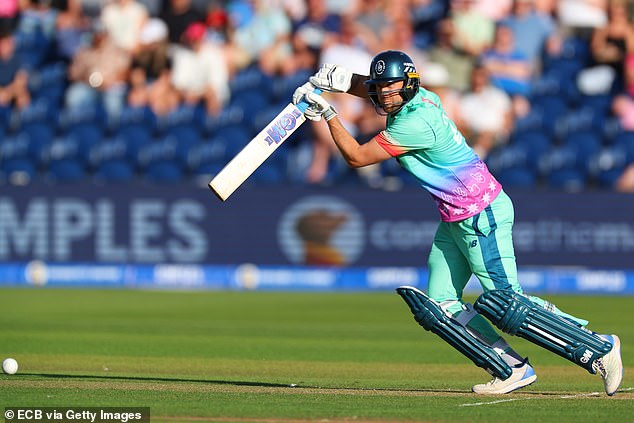Marketing executives are referring to this as cricket’s ‘Premier League moment’. However, skeptics view it as a recurrence of false starts in the competition’s short history. Regardless, one consensus remains: the Hundred is at a crucial juncture, and change is on the horizon.
This month, the ECB is engaging potential investors from Asia and the United States in an effort to position their 100-ball-a-side format as the second most popular short-format league globally, just behind the Indian Premier League.
Sounds familiar? It’s reminiscent of the promotional push that preceded its launch six years ago. So, how is it that just 10 days into its fourth season, we find ourselves revisiting this scenario?
Part of the issue lies in the inability to build sustained momentum. The impact of Covid cannot be overlooked, having postponed its inaugural season by a year to 2021. Transitioning to private investment is an acknowledgment by the governing body that a broader strategy is needed to present global stars to an ethnically diverse and family-oriented audience.
Stuart Broad, now part of Sky Sports’ commentary team, believes it has met its objectives: ‘The Hundred has been an impressive initiative, fostering growth in both the men’s and women’s games. Year after year, we have seen a change in the crowd demographics. Many of my friends bring their younger children to watch because it is accessible.

The involvement of big hitters such as Dawid Malan (pictured) helps in selling tickets for the Hundred

Stuart Broad says the Hundred has helped to develop the men’s and women’s games
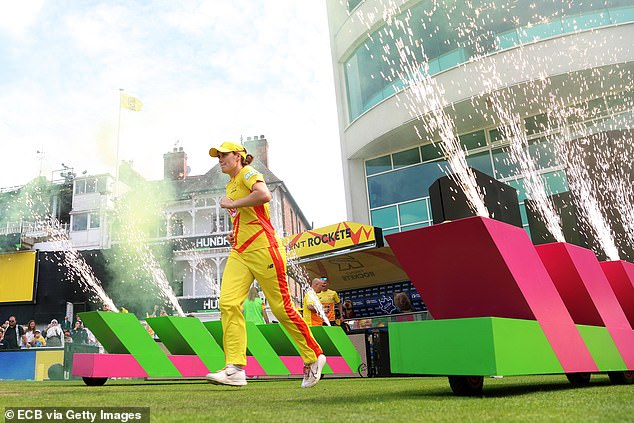
The ECB are entertaining potential investors from Asia and the US in a drive to make their 100-ball-a-side competition the world’s second best short format behind the IPL
‘Simply attending the matches demonstrates that fans feel a connection with the teams. At Trent Bridge, kids wear the yellow shirts of the Rockets, while I often see Oval Invincibles merchandise around my area,’ Broad commented.
Building a bond between athletes and supporters is essential for the future of any sport. To this end, it’s intriguing that the ECB is trying to embrace football’s tribalism, encouraging fans not just to attend home matches but to cultivate a passion that motivates them to travel for away games.
Ironically, dedicated fans from disenfranchised counties will be doing just that this month, journeying to out-grounds to witness their team’s emerging talent in the Metro Bank One Day Cup.
Such loyalty is invaluable and can’t be purchased. Previously, the tactic of offering free entry to mothers, boys, and girls resulted in the desired demographic, but the downside is that people tend to undervalue freebies. Providing opportunities for casual observers doesn’t foster a committed fanbase.
MailSport has learned from several Hundred teams that this summer has seen fewer complimentary tickets distributed, a trend reflected in game attendances.
Last week, the Trent Rockets hosted 12,363 fans against Birmingham Phoenix. Five years ago, that number mirrored Nottinghamshire’s average attendance for home T20 matches.
On Thursday, attendance reached 15,716 for London Spirit’s match against Welsh Fire at Lord’s. In August 2019, a Vitality Blast match featuring Middlesex and Hampshire attracted 27,000 fans, while its inaugural match 20 years ago drew 26,500.
While aligning matches undoubtedly promotes the women’s game, the audience appears to be diminishing, despite the ECB’s assertion of a 96 percent occupancy rate last year.
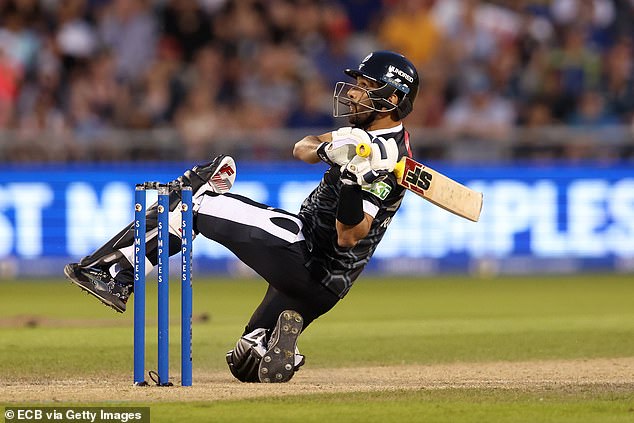
Connection between players and fans is key for the future of any sport and, to this end, it is interesting that the ECB is keen to adopt football’s tribalism
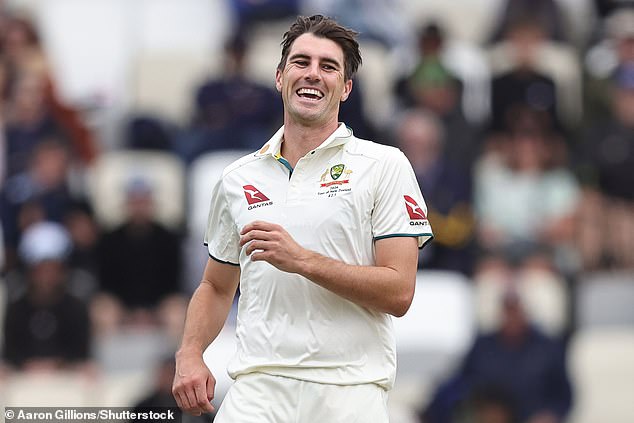
Australia’s Test captain Pat Cummins (pictured) didn’t consider the Hundred when signing a deal with Major League Cricket
It’s a tougher task without the sport’s elite competitors. When Pat Cummins, Australia’s Test captain, entered a four-year deal with Major League Cricket, the T20 league in the United States, he admitted the Hundred hadn’t even crossed his mind.
This realization hit hard, which explains the urgency to attract additional investment into the league. ‘There’s a pack chasing the IPL, and the Hundred is part of that, but we need to act swiftly to ensure we’re not lagging behind,’ stated Vikram Banerjee, the ECB’s director of business.
To stay competitive, it’s recognized that player salaries must increase ahead of a revamped Hundred in 2025. Currently, the highest annual salary of £125,000 is insufficient to attract cricketers who have 17 ICC-approved short-format tournaments to choose from.
The initial slew of overseas players highlighted the differing priorities at the season’s start.
Mitchell Santner, a replacement player, along with Haris Rauf and Rashid Khan, postponed their season debuts to participate in the States, necessitating temporary replacements from county cricket players.
ECB officials maintain ongoing discussions to prevent scheduling conflicts with the MLC and the Caribbean Premier League, which starts on August 30, believing cooperation benefits everyone involved.
Nonetheless, ECB chief executive Richard Gould remains optimistic about ‘not merely competing, but prevailing’ in the battle for market share against their North American competitors.
Achieving this goal will require compromises. England’s Test players missed the opening matches due to a scheduling clash with the West Indies series. The majority will now participate in the lead-up to the Hundred final on August 18.
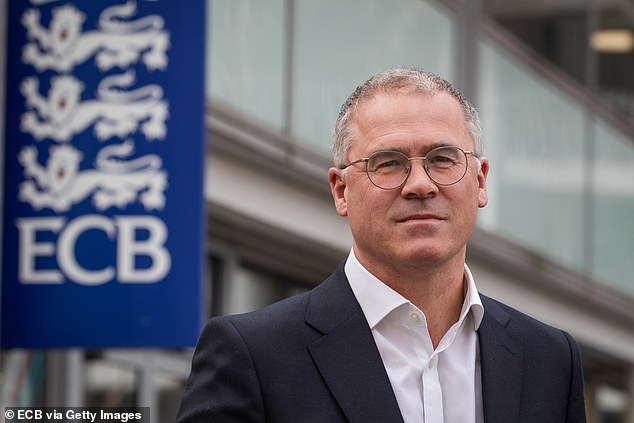
ECB chief executive Richard Gould (pictured) is bullish about ‘not just competing, but winning,’ the territorial duel with their transatlantic rivals
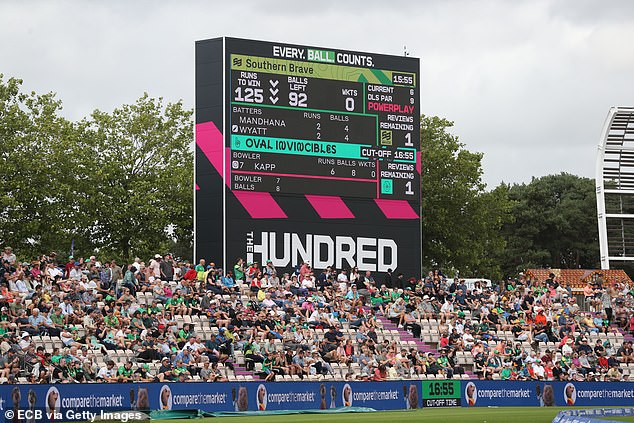
Vikram Banerjee, the ECB’s director of business, says it is important to get investment quickly
‘You want the most recognizable names participating,’ Broad remarked. ‘I understand the reasons behind the absence of top players in recent years — like an Ashes series or the lead-up to a World Cup — but ultimately, think back to why you fell in love with cricket: it was the spectacle of watching exceptional talent. With higher profiles, there’s a greater likelihood of encouraging passion and enthusiasm for the sport.
‘It’s exciting to see someone like Ben Stokes teaming up with Freddie Flintoff at Northern Superchargers this year. That’s an iconic partnership.’
Conversely, we can only speculate what IPL owners and NFL representatives thought of Daniel Worrall delivering 10 consecutive dot balls to Tom Kohler-Cadmore at the Spirit v Fire game at Lord’s.
Nevertheless, the ECB aims to convince these investors to buy into an eight-team tournament that is poised to expand to ten teams, with a potential return to Twenty20 by 2028.
Promoting the format scheduled for play at the Los Angeles Olympics in just four years to American audiences seems straightforward, and there’s no compelling reason to change the brand name.
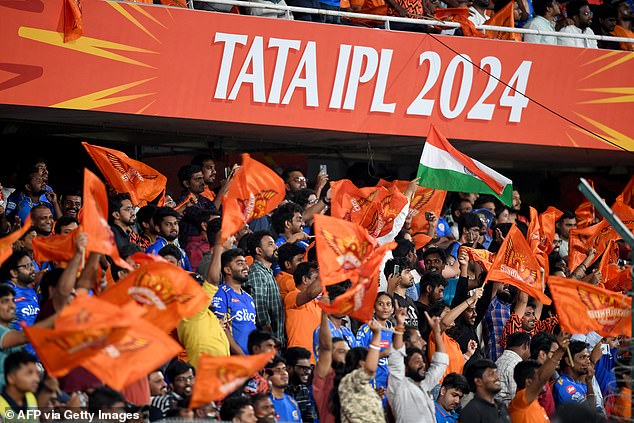
There are set to be obstacles to overcome in terms of securing money from India
Starting next month, negotiations for team sales will commence, a process Banerjee describes as ‘somewhat like very peculiar speed dating’. It involves potential investors assessing compatibility with prospective partners.
The ECB’s Gemini project aims to sell 49 percent stakes in the eight teams, following the rejection of a £300 million bid from the Bridgepoint Group for a controlling 75 percent stake two years ago.
Maintaining oversight of the duration and scheduling of the Hundred is essential for a national board that remains committed to protecting the integrity of Test cricket.
Challenges remain in securing investments from India. IPL owners with international interests may hesitate to accept silent partnerships. While the 51 percent share allocated to associated county clubs is permitted for sale, negotiations will not be straightforward.
Gould has emphasized that any sales must offer ‘long-term value propositions’ that benefit grassroots initiatives, academies, and women’s cricket, while also improving supporters’ experiences through upgrades to stadium facilities.




























